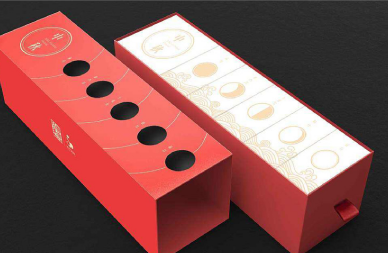
绿色包装设计是以环境和资源为核心概念的包装设计过程。具体是指选用合适的绿色包装材料,运用绿色工艺手段,为包装商品进行结构造型和美化装饰设计。
材料要素
材料要素包括基本材料(纸类材料、塑料材料、玻璃材料、金属材料、陶瓷材料、竹木材料、皮质材料以及其他复合材料等)和辅助材料(黏合剂、涂料和油墨等)两大部分,是包装三大功能(保护、方便和销售)得以实现的物质基础,直接关系到包装的整体功能和经济成本、生产加工方式及包装废弃物的回收处理等多方面的问题。
绿色包装设计中的材料选择应遵循以下几个原则:
轻量化、薄型化、易分离、高性能的包装材料;
可回收和可再生的包装材料;
可食性包装材料;
可降解包装材料;
利用自然资源开发的天然生态能的包装材料;
尽量选用纸包装。
尽量选用同一种材料进行包装.
尽量包装件可以重复使用,而不只是包装材料可以回收再利用.(利如标准化的托盘,可以数十次甚至数千次再利用)
Green packaging design is a packaging design process with environment and resources as the core concepts. Specifically, it refers to the selection of appropriate green packaging materials and the use of green technology to design the structure and beautify the decoration of packaged goods.
Material elements
The material elements include basic materials (paper materials, plastic materials, glass materials, metal materials, ceramic materials, bamboo and wood materials, leather materials and other composite materials) and auxiliary materials (adhesives, paints and inks). They are the material basis for the realization of the three major functions of packaging (protection, convenience and sales), and are directly related to the overall functions and economic costs of packaging Production and processing methods and packaging waste recycling and other issues.
The material selection in green packaging design should follow the following principles:
Lightweight, thin, easy to separate, high-performance packaging materials;
Recyclable and renewable packaging materials;
Edible packaging materials;
Degradable packaging materials;
Packaging materials of natural ecological energy developed by using natural resources;
Try to use paper packaging.
Try to use the same material for packaging
As far as possible, packages can be reused, not only packaging materials can be recycled (For example, standardized pallets can be reused for tens or even thousands of times)